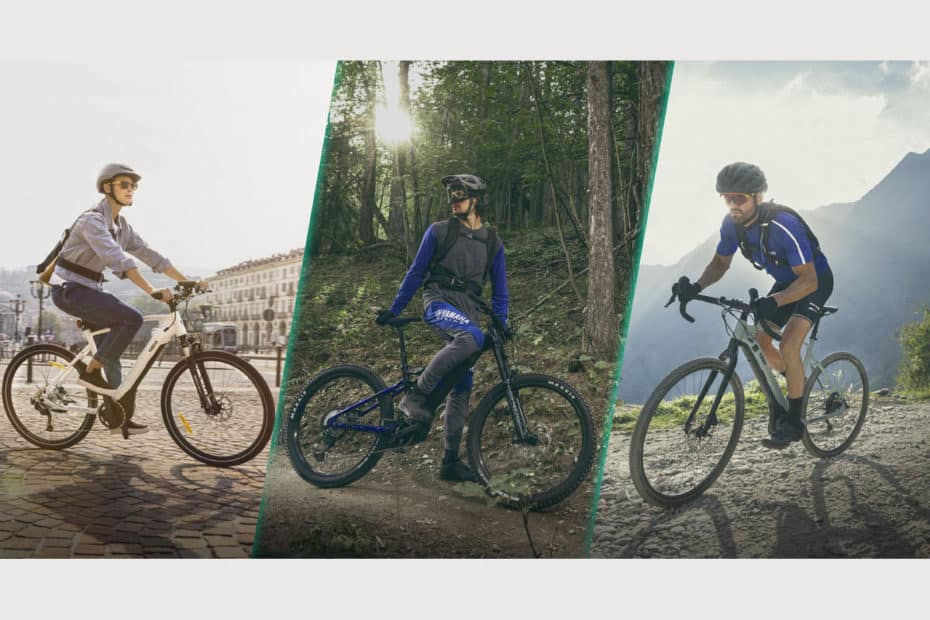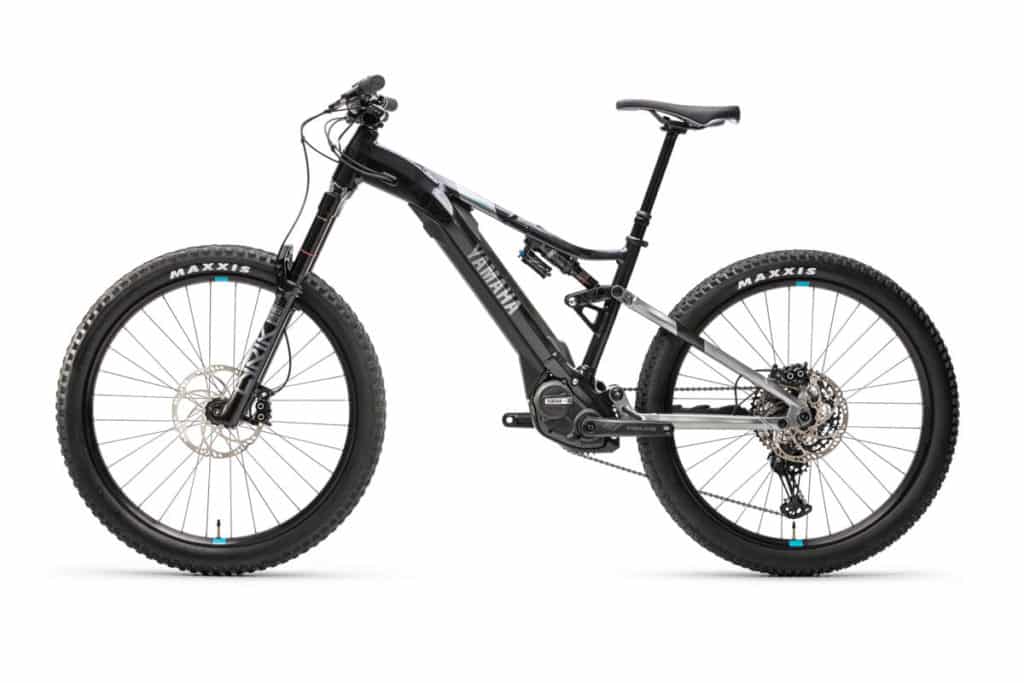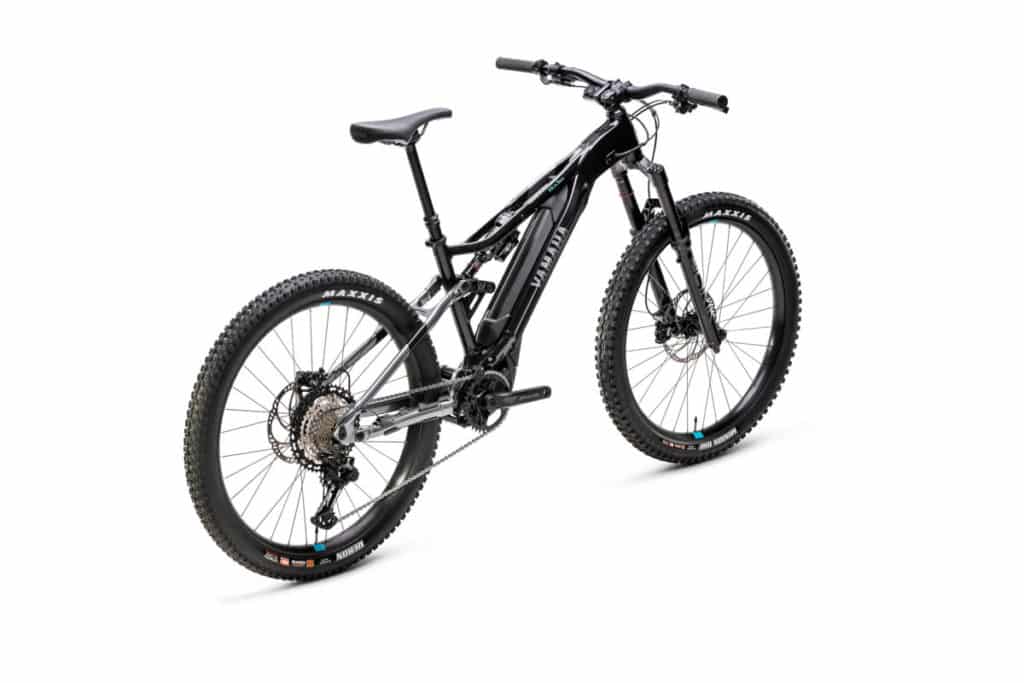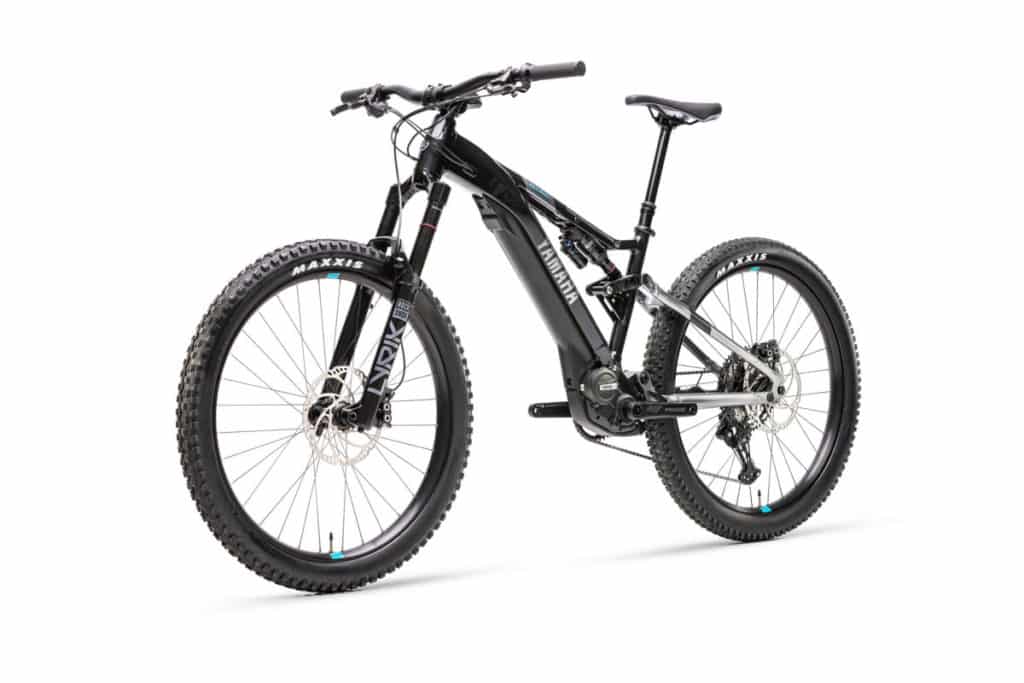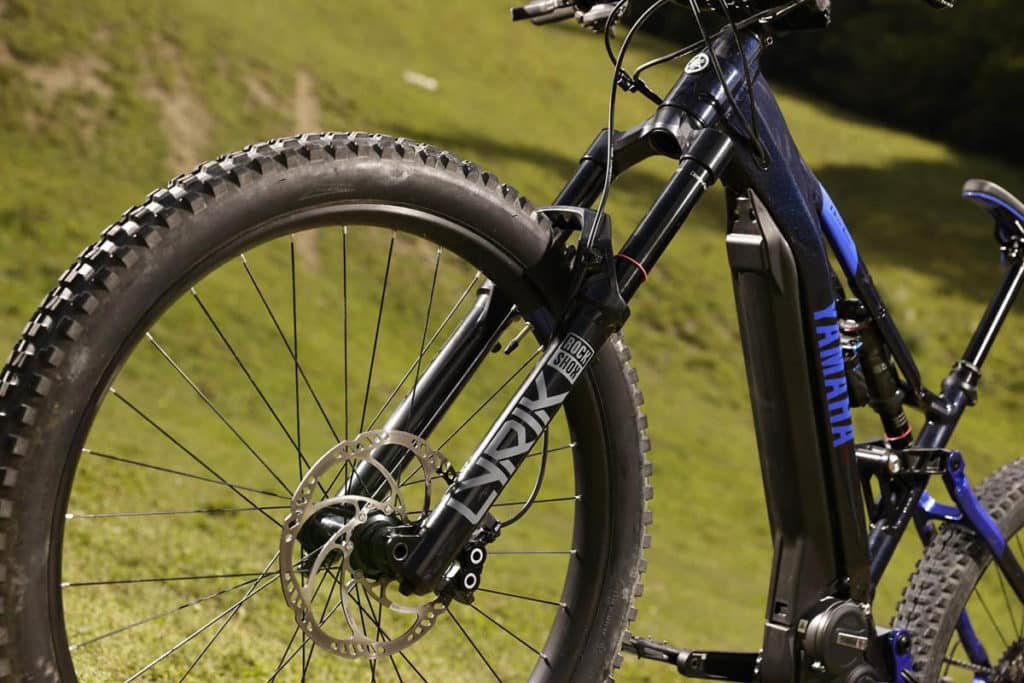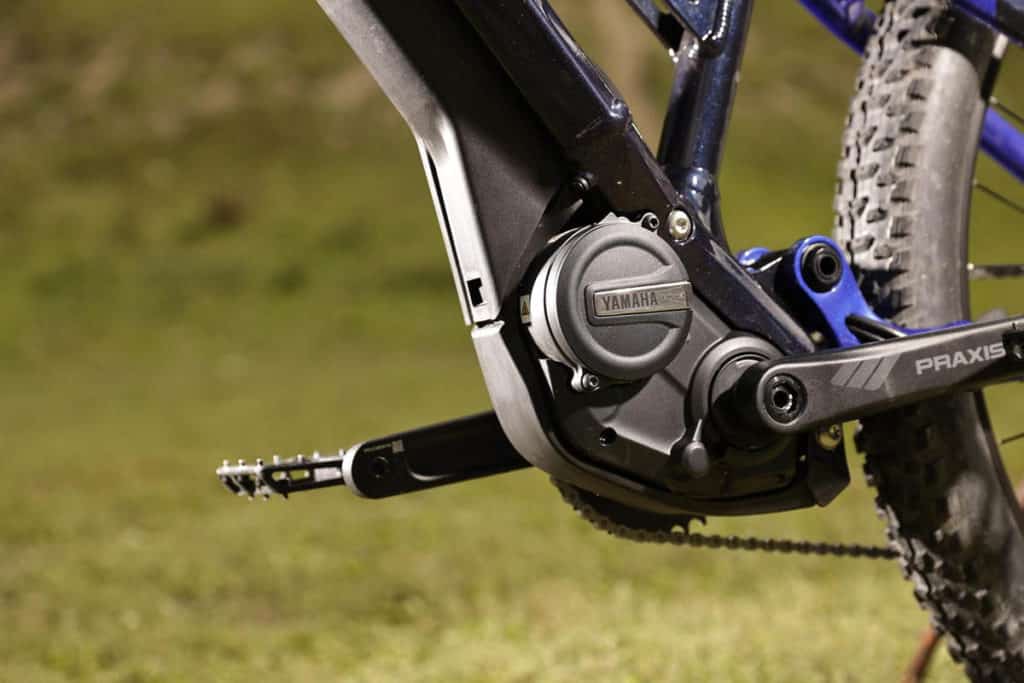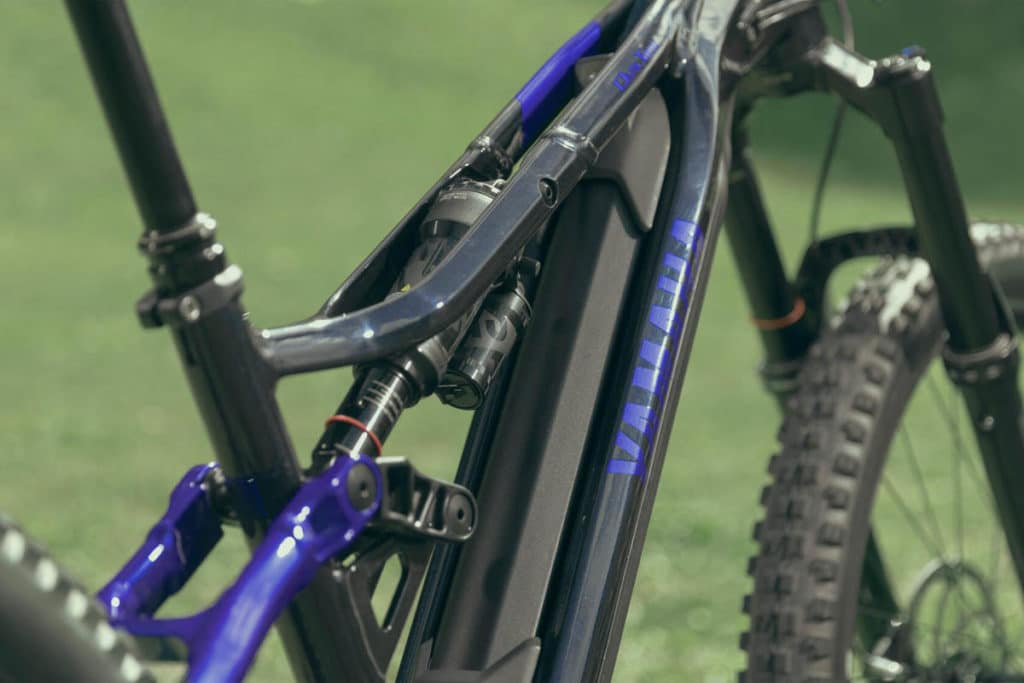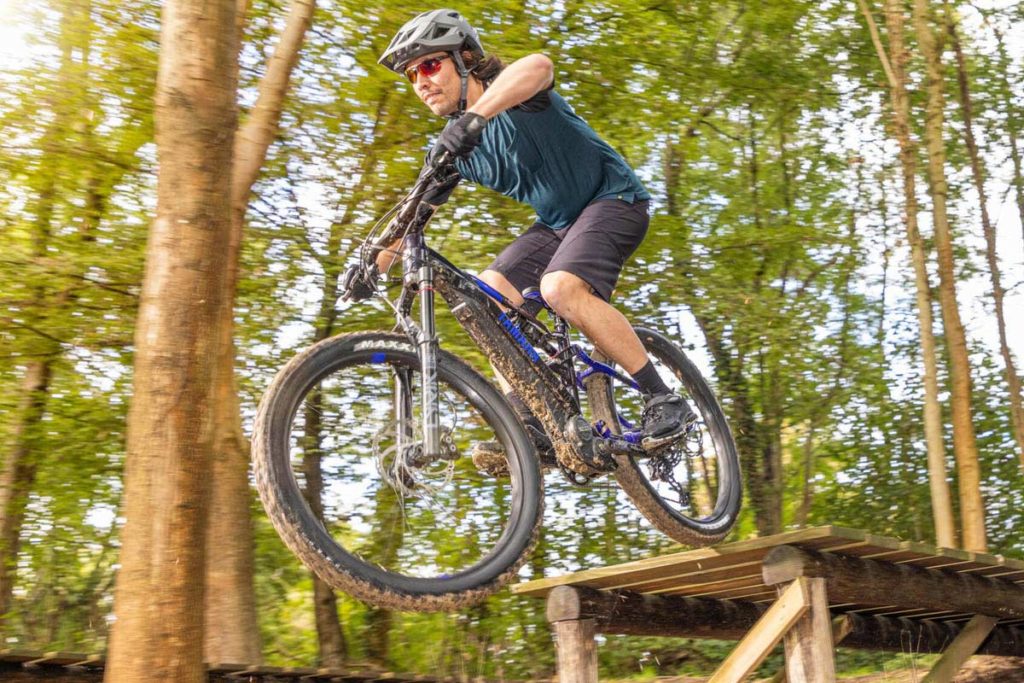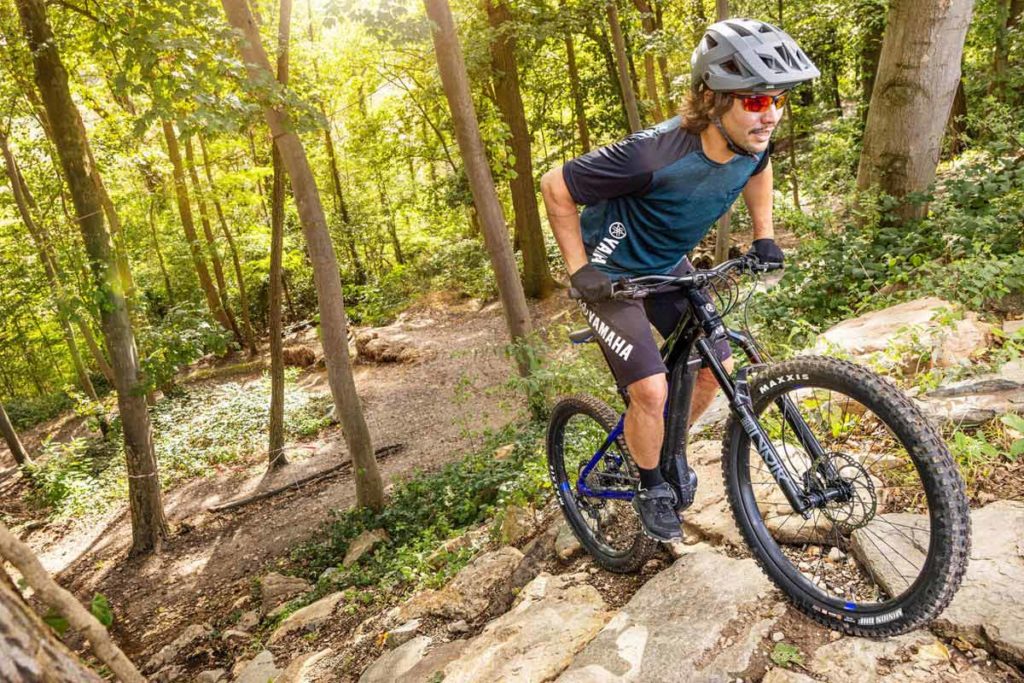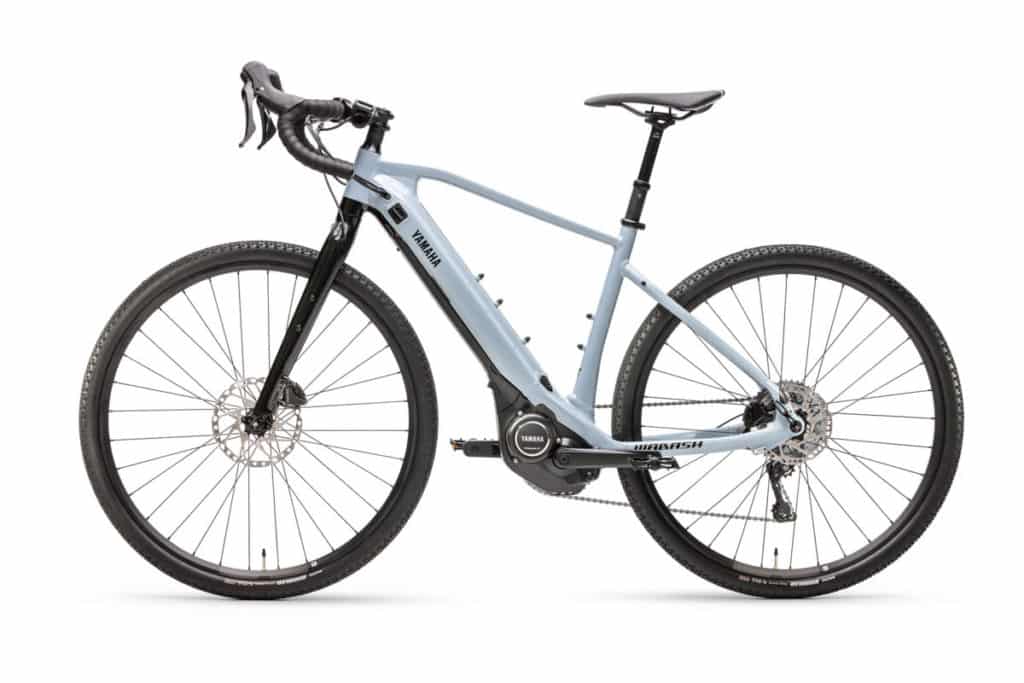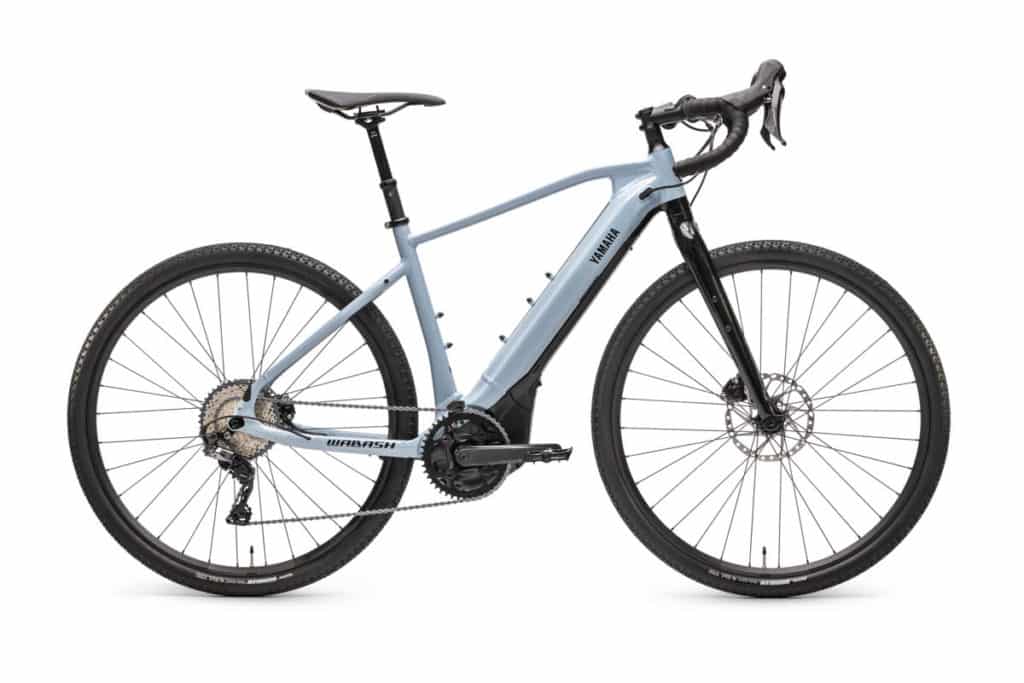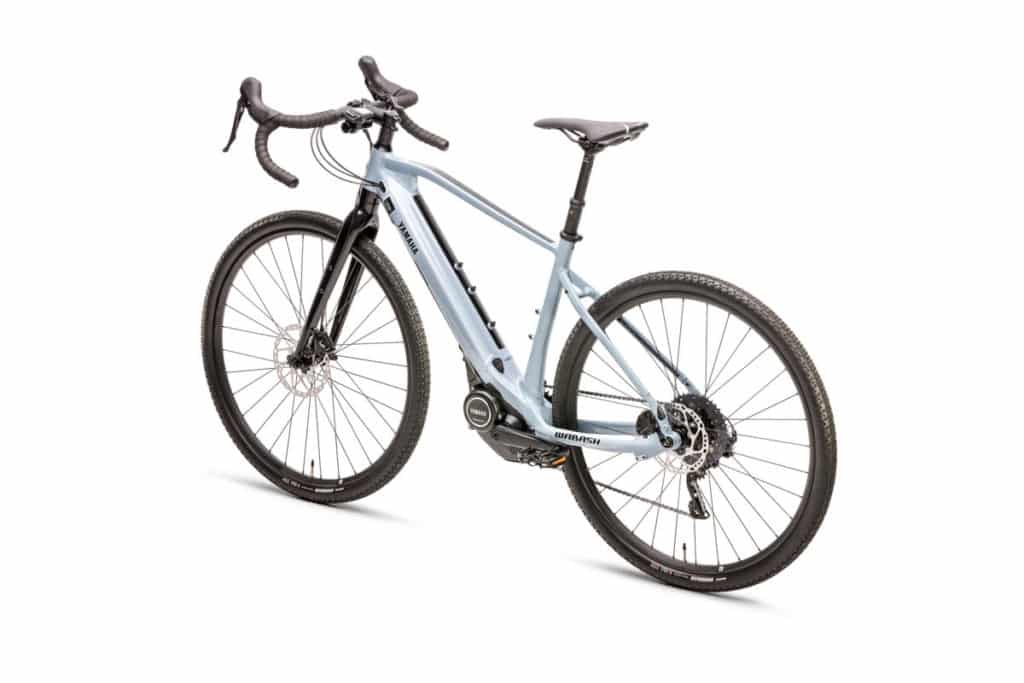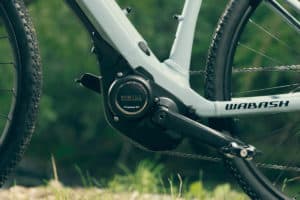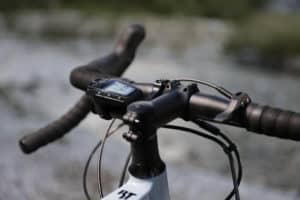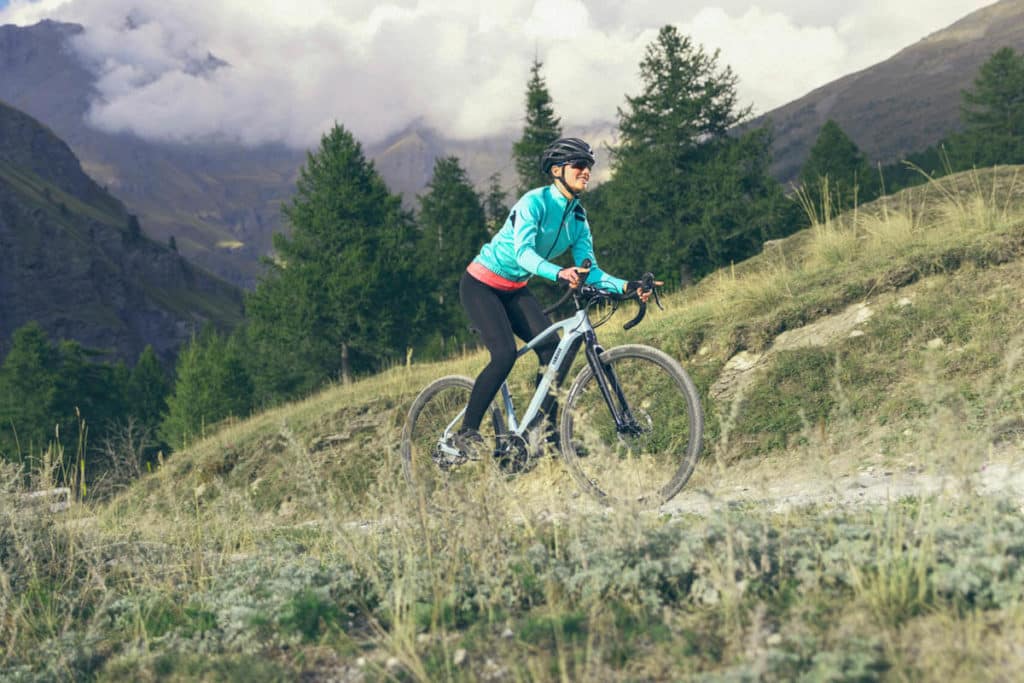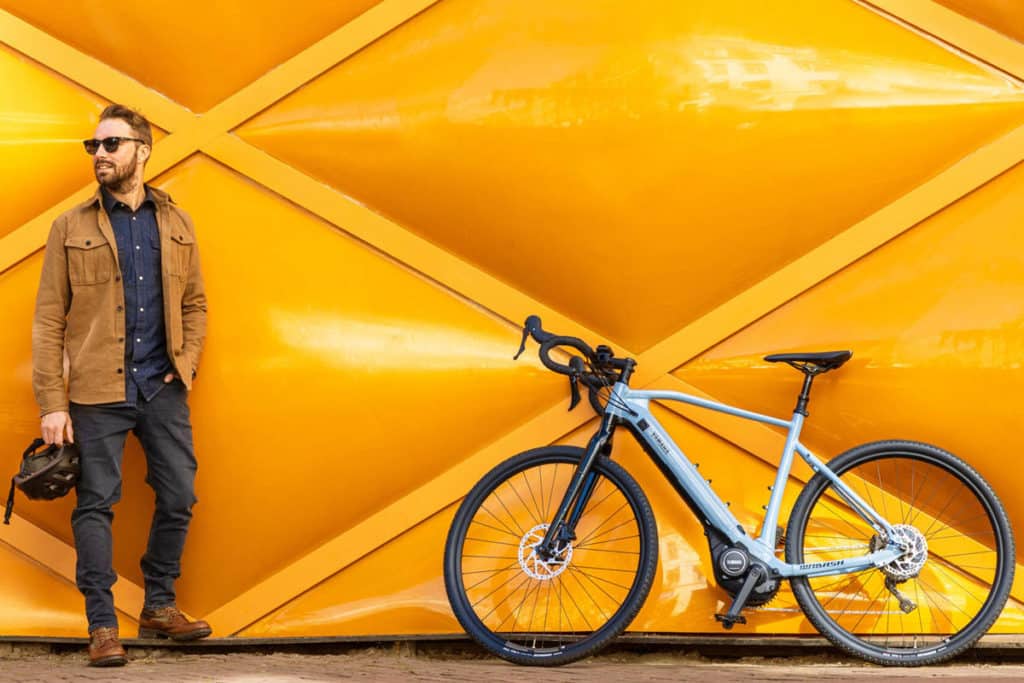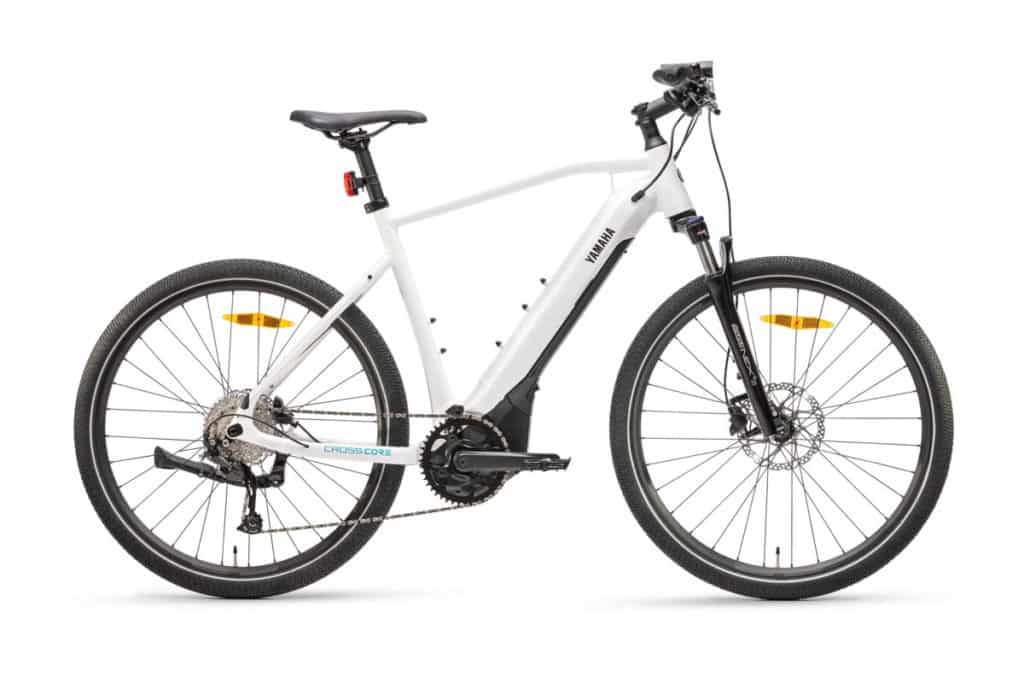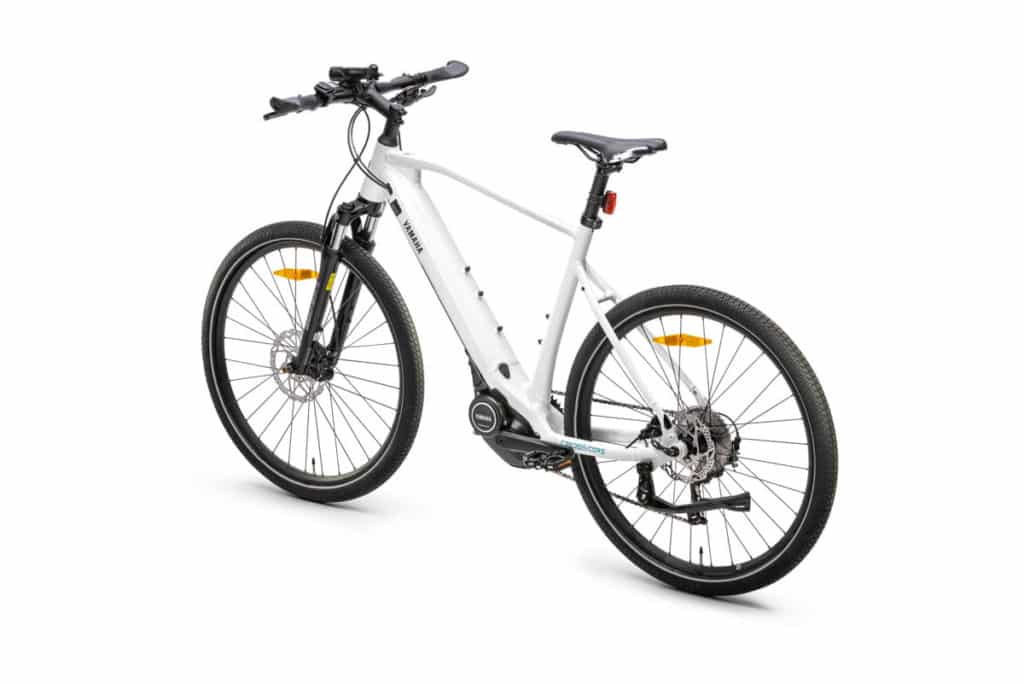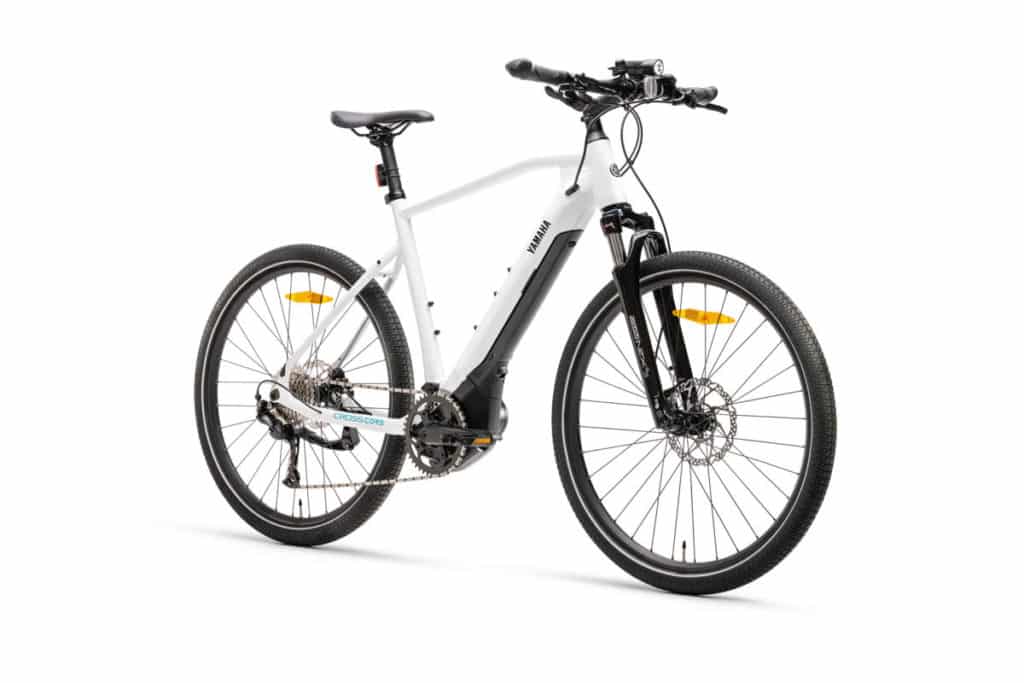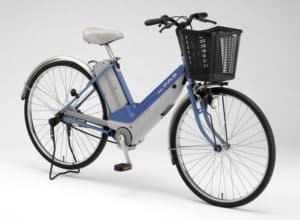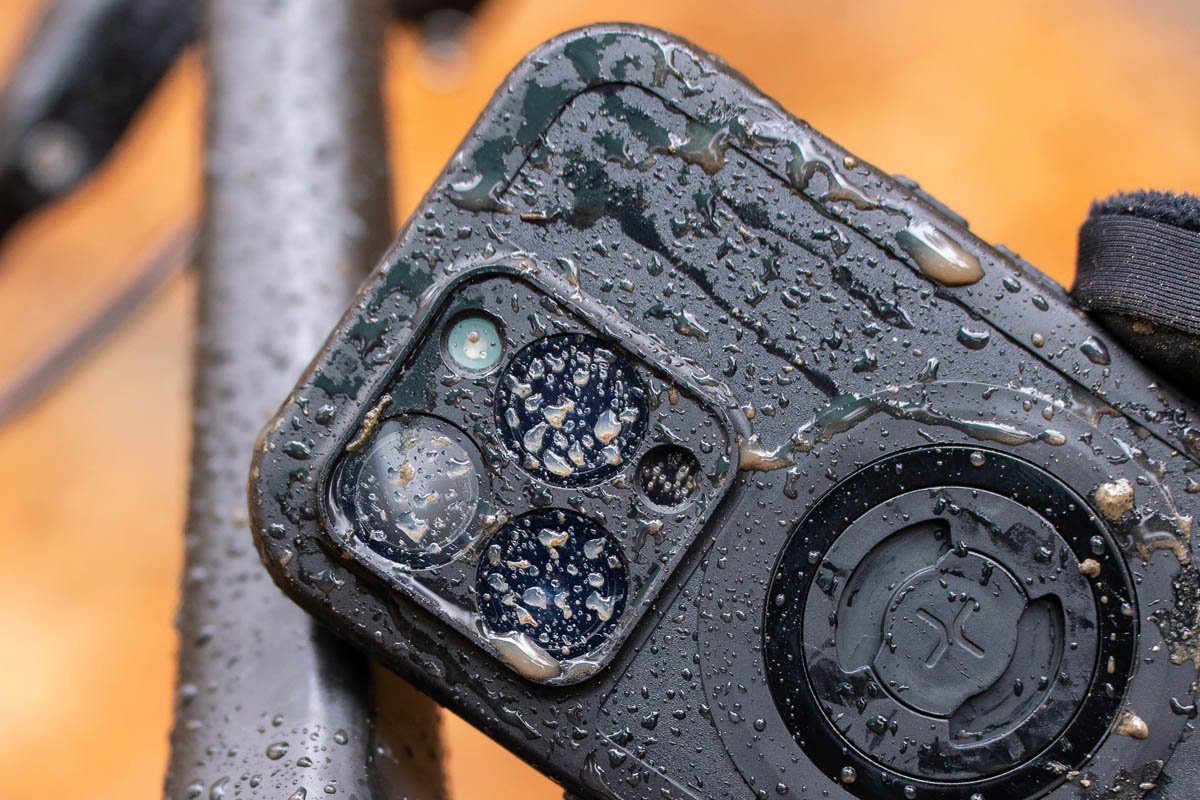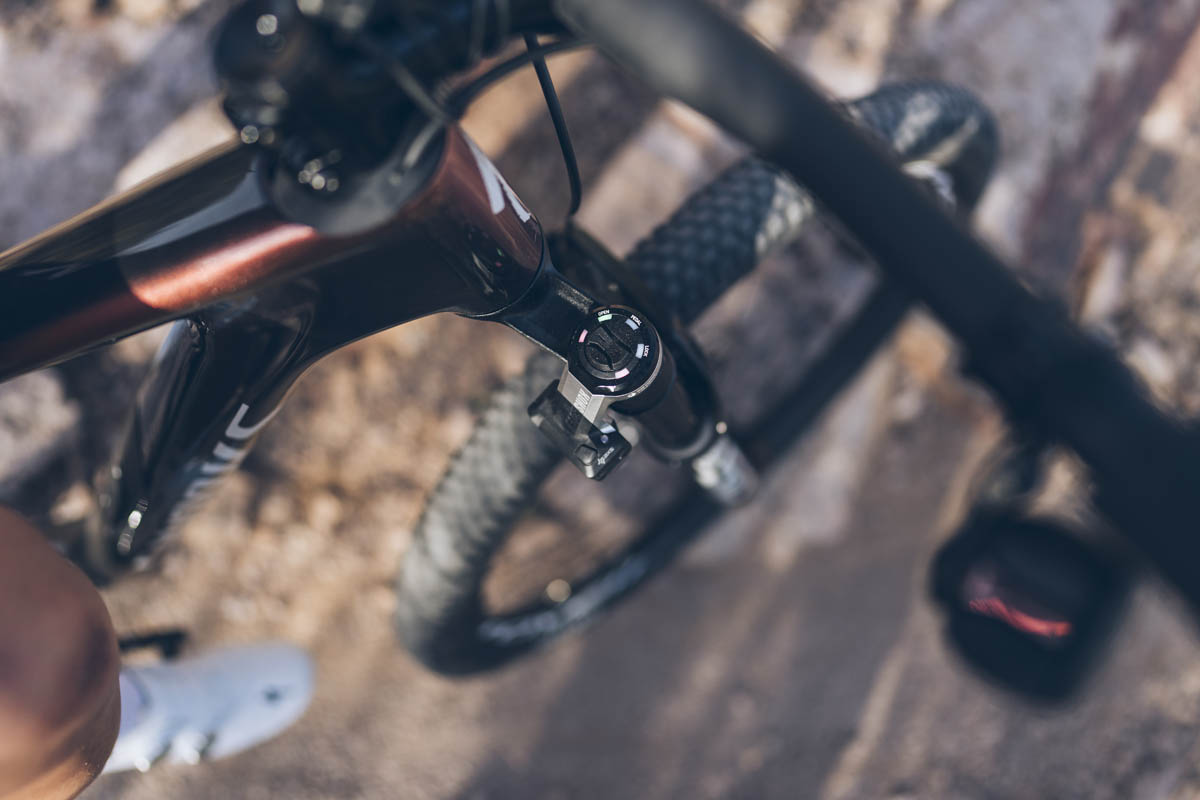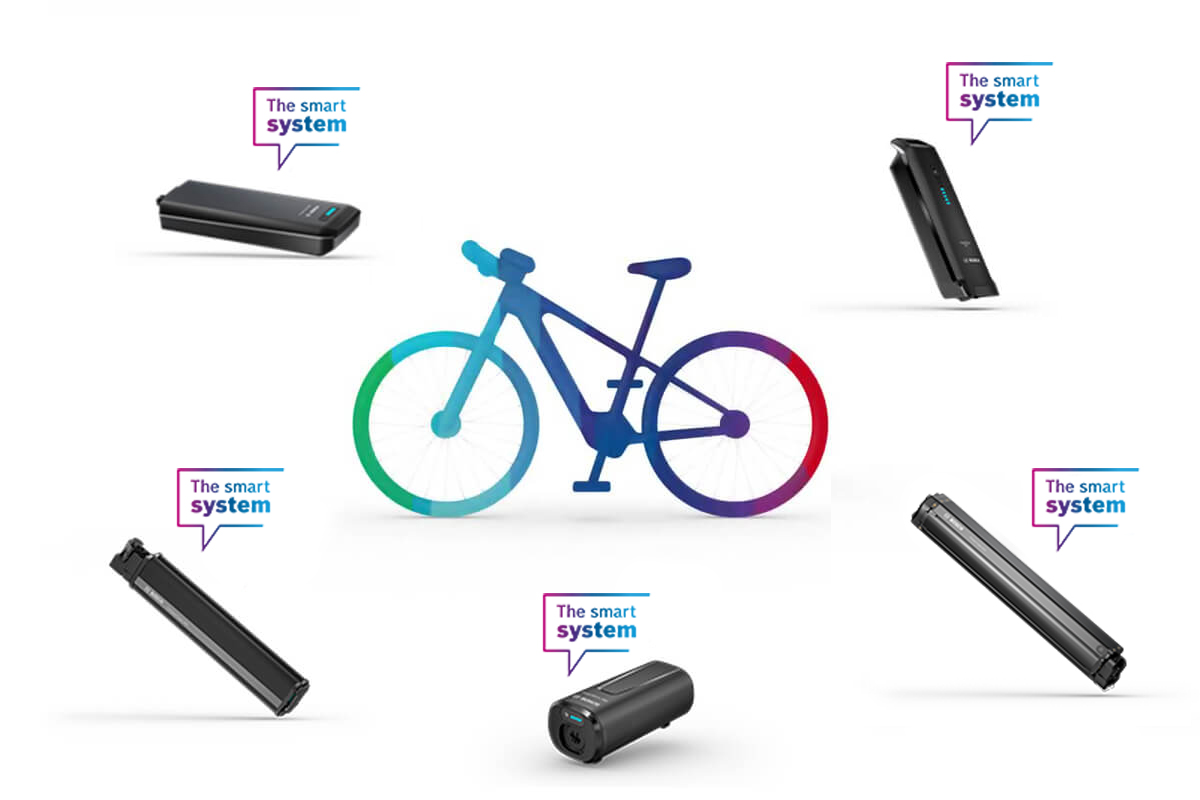About seven months ago, Yamaha Motor Europe announced that it would soon enter the bicycle market with its own ebikes as part of its “Switch on” initiative. That “soon” is now. You will be able to buy ebikes from Yamaha as of the end of 2022. With the three models now presented in detail – an e-MTB, a gravel ebike and an urban ebike – the manufacturer is unlikely to knock your socks off.
1. Approach without resounding result
2. Yamaha Moro 07 – the e-mountain bike
3. Yamaha Wabash RT – the gravel ebike
4. Yamaha Crosscore RC – the urban ebike
5. Direct sales and own dealer network
6. Former pioneer of the industry
Basically, everything was set for the big hit. First of all, ebikes are still very popular with people. The rush in bike shops and online shops is unbroken, so that new record sales figures are expected at the end of the year. In addition, a few weeks ago Yamaha presented the PW-S2, the successor to the PW-ST. With its once again reduced weight, more compact dimensions and at the same time more power, this motor has great potential and seems to lend itself to integration in pretty much any type of ebike.
1. Approach without resounding result
And what does Yamaha do? Simply adapt its ebikes, which have been available on the US market for years, to European specifications, update them minimally in technical terms and then present them as one of the “most exciting new chapters in Yamaha’s history”. In the accompanying press release, the manufacturer emphasises that for all three bikes, the frame has been developed together with the associated drive system. This holistic approach allows for “ideal frame dimensions, the best balance between power delivery and handling”. In this way, an “extremely natural, comfortable and light riding experience” is achieved.
Perhaps the riding experience on the three models is indeed that great. Since we have not had a chance for a test ride so far, we cannot say anything about it. However, from the pictures provided, it is difficult to see any visual gain in the integration of motors and battery. Rather, the impression is that other bike manufacturers integrate the drive into their bikes much more skilfully. If you look at the corresponding data sheets, you will notice that Yamaha apparently couldn’t save much weight either. The 23.9 kilograms for a trail e-mountain bike with a 500 watt-hour battery in frame size M are mediocre at best. The same applies to the urban ebike, which weighs 23.9 kilograms without accessories such as mudguards, rear carrier and lighting in the medium frame size.
2. Yamaha Moro 07 – the e-mountain bike
Basically, there is only one piece of news to report. The Moro 07 e-mountain bike now features the PW-X3 motor. With a torque of 85 Newton metres and a weight of 2.75 kilograms, it is the most powerful, lightest and at the same time smallest drive unit from Yamaha. In addition to these figures, it offers numerous technological advantages. Whether it’s immediate power output with minimal pedal movement thanks to the Zero Cadence function, a narrow Q-factor for excellent power transmission or an extensive sensor package for additional power when riding uphill – the unit is definitely in good hands in the Moro 07.
The rest is quickly told because it has long been introduced in other international markets. The basis of the Moro 07 is an aluminium frame that allows 150 millimetres of suspension travel at the rear triangle and 160 millimetres at the fork. Its top tube and down tube are both double-tubed. The latter, however, disappears almost completely, as the battery compartment fills the space in between. Thanks to the 27.5 inch wheels, the Moro 07 retains the necessary agility that makes riding on narrow, nimble courses an absolute fun discipline.
- Yamaha Moro 07 e-mountain bike with Yamaha PW-X3 motor
Yamaha Moro 07 at a glance
- Frame: Dual-twin frame
- Motor: Yamaha PW-X3
- Battery: Yamaha Lithium Ion 500 Wh
- Display: Yamaha Interface X
- Suspension fork: RockShox Lyrik Select RC
- Drivetrain: Shimano Deore XT
- Brakes: Magura MT5
- Weight: 23.9 kg in size M
- Colours: Icon Blue; Raven/Silver
3. Yamaha Wabash RT – the gravel ebike
The Wabash RT is the first bike that begs the question why Yamaha did not switch from the PW-ST motor to the current PW-S2. Both the 600 grams of weight saved and the more compact shape would have been good for this gravel e-bike in any case. Not to mention the extra torque.
So it remains a solid ebike whose frame geometry was designed for relaxed and comfortable riding. There are enough mounts for attaching bottle cages and accessories. Even the attachment of mudguards is possible without any problems. With this addition, the Wabash RT quickly becomes a bike that could fit very well into the everyday cycling life of many.
The choice of the display seems less fortunate. Firstly, the Display A was placed rather poorly to the left of the stem with a mount. Secondly, it is difficult to reach the buttons from there without taking your hand off the handlebars at the same time. In our opinion, going for the Interface X with the control unit on the handlebar would have been a better choice.
Yamaha Wabash RT at a glance
- Frame: Yamaha Hydroformed aluminium frame
- Motor: Yamaha PW-ST
- Battery: Yamaha Lithium Ion 500 Wh
- Display: Yamaha Display A
- Fork: Aluminium
- Drivetrain: Shimano GRX RX600
- Brakes: Shimano GRX RX400
- Weight: 21.4 kg in size M
- Colour: Blue Steel
4. Yamaha Crosscore RC – the urban ebike
Like the Wabash RT, the Crosscore RC would have made an even happier impression with a PW-S2. So, on this urban all-rounder you also have to make do with the PW-ST. Nevertheless, the standard equipment with the 500 watt-hour battery and the 9-speed derailleur from Shimano provide a coherent whole. Yamaha considers the model an “ideal everyday bike”. Some of you would have expected mudguards, a rear carrier and lights. So, for now it comes without these accessories. If you like, you can consider this a rather sporty orientation towards its second purpose as a trekking bike. At least the suspension fork with its travel of 63 millimetres speaks for this.
Yamaha Crosscore RC at a glance
- Frame: Yamaha Hydroformed aluminium frame
- Motor: Yamaha PW-ST
- Battery: Yamaha Lithium Ion 500 Wh
- Display: Yamaha Display A
- Suspension fork: SR Suntour NEX E25
- Drivetrain: Shimano Alivio
- Brakes: Shimano MT200
- Weight: 23.9 kg in size M
- Colours: Shiver White; Urban Sage
5. Direct sales and own dealer network
In addition to the ebikes, Yamaha’s approach to sales is also worthy of note. The Japanese company is building on its existing dealer network of motorbike dealerships. There the bikes will be exhibited, there you can test ride them and there you will also receive the appropriate advice. It remains to be seen how competent this advice will be, with staff who have probably had less contact with ebikes so far. In any case, Yamaha gives bicycle dealers a wide berth.
You will be able to order the bikes exclusively via the Yamaha Motor Europe webshop. In the course of the order process, you can also decide where the bike should be delivered – directly to your home or to the Yamaha dealer. Yamaha also offers accessories in the shop. Whether this will also include spare parts and batteries and whether you can also request maintenance and repairs from the dealers is not clear from Yamaha’s announcement.
6. Former pioneer of the industry
While Yamaha’s new products are neither really new nor revolutionary, it was completely different about 30 years ago. Back then, the manufacturer was one of the true pioneers of technology. As early as 1993, Yamaha showed several bikes with the Power Assist System drive, or PAS for short. These included the PA26, for example. Aimed at commuting to work, it allowed a range of around 20 kilometres on one battery charge. With a continuous rated power of 235 watts, the motor was only marginally off today’s values. And the weight of 31 kilograms is also quite remarkable regarding the technical state of the art at that time. Who knows where Yamaha would be today if the manufacturer had continued to build its own ebikes back then.
Pictures: Yamaha Motor Europe

